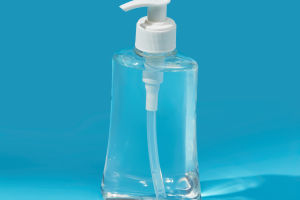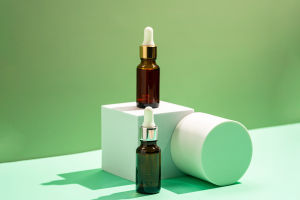Maintaining a leather sofa requires proper care, and one of the most common misconceptions is that water can be used as a cleaning solution.
While water seems like a safe option for many cleaning tasks, it can actually damage leather surfaces, compromising both their look and longevity.
Leather is a natural material made from animal hides, with specific care needs different from synthetic or fabric upholstery. Its porous nature allows it to breathe, but it also makes it vulnerable to moisture. When water comes into contact with leather, it seeps into the pores and alters its structure.
One of the main problems is that water can dry out leather and cause it to crack. Because it doesn't evaporate evenly, moisture absorbed into the leather can harm its fibers, weakening the material over time.
Water can also strip away essential natural oils, making the leather stiff and brittle. Improper cleaning with water may leave stains that are difficult to remove without professional help.
Many people mistakenly use soapy water or other water-based solutions to clean their leather sofa. While this might seem gentle and effective, it can do more harm than good.
Soap often leaves residue that dulls and discolors the leather's surface. Over time, this degrades the material, shortening its lifespan.
Another common mistake is using too much water. Even a damp cloth can cause excess moisture to be absorbed, leading to dark spots, wrinkles, or mildew. A soaked sponge or cloth is especially problematic, as it can saturate the leather and lead to visible damage.
Leather cleaners are usually applied with a soft cloth and gently rubbed to remove dirt and debris without introducing any water.
Conditioners are essential as well. They replenish the leather's oils, preventing it from drying out and cracking. The recommended frequency for conditioning is generally every six to twelve months, depending on the product.
In addition to using the right cleaning products, preventive care can help maintain your leather sofa's condition. Keep it out of direct sunlight and away from heat sources, as these can dry out and fade the leather.
Regular dusting and vacuuming are also important. Use a vacuum's soft brush attachment to remove dust without scratching the leather. Routine maintenance like this can help keep your leather sofa looking fresh and prolong its life.
Cleaning a leather sofa with water is a common but damaging mistake. Because of leather's porous nature and sensitivity, water can lead to drying, cracking, discoloration, and lasting damage.
The best way to care for a leather sofa is to use dedicated leather cleaners and conditioners that clean gently and keep it moisturized.
With the right care, a leather sofa is a beautiful and durable addition to any living space. Understanding leather's unique needs and avoiding water-based cleaning will help ensure that your sofa stays in top condition for years to come.
Remember, the key is gentle treatment, regular conditioning, and keeping water far away.


